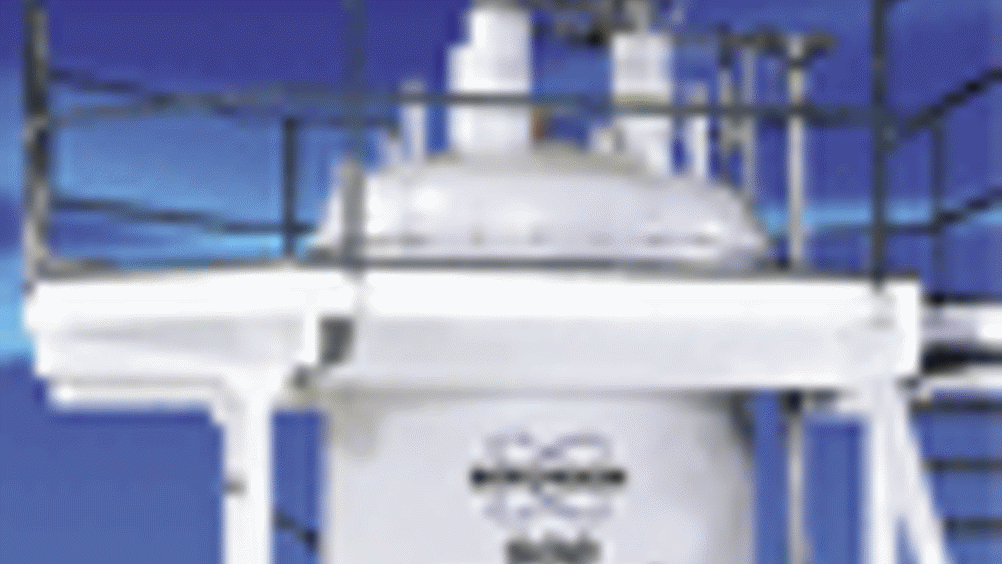Top scientists spin to win

A piezo-controlled pressure regulating valve is helping chemists and physicists examine matter at atomic and subatomic level by controlling rotational speed in a nuclear magnetic resonance chamber built at Bruker BioSpin in
Non-destructive analysis of materials is a key technique for scientists working in a wide range of fields, with much of the current work being conducted at the atomic level. Bruker BioSpin have developed a system for nuclear magnetic resonance (NMR) analysis in which a sample container, supported on an air bearing is turned using precision blasts of air.
During the design stages the Bruker engineers undertook an extensive search for a suitable high performance valve and found only one that met all their criteria, the Tecno proportional valve made by Hoerbiger-Origa.
Register now to continue reading
Thanks for visiting The Engineer. You’ve now reached your monthly limit of news stories. Register for free to unlock unlimited access to all of our news coverage, as well as premium content including opinion, in-depth features and special reports.
Benefits of registering
-
In-depth insights and coverage of key emerging trends
-
Unrestricted access to special reports throughout the year
-
Daily technology news delivered straight to your inbox










National Gas receives funding to develop Gravitricity underground hydrogen storage system
There can't possibly ever be a '<i>business</i>' case for the <i><b>bulk</b></i> storage of hydrogen, since Green hydrogen electrolysis...